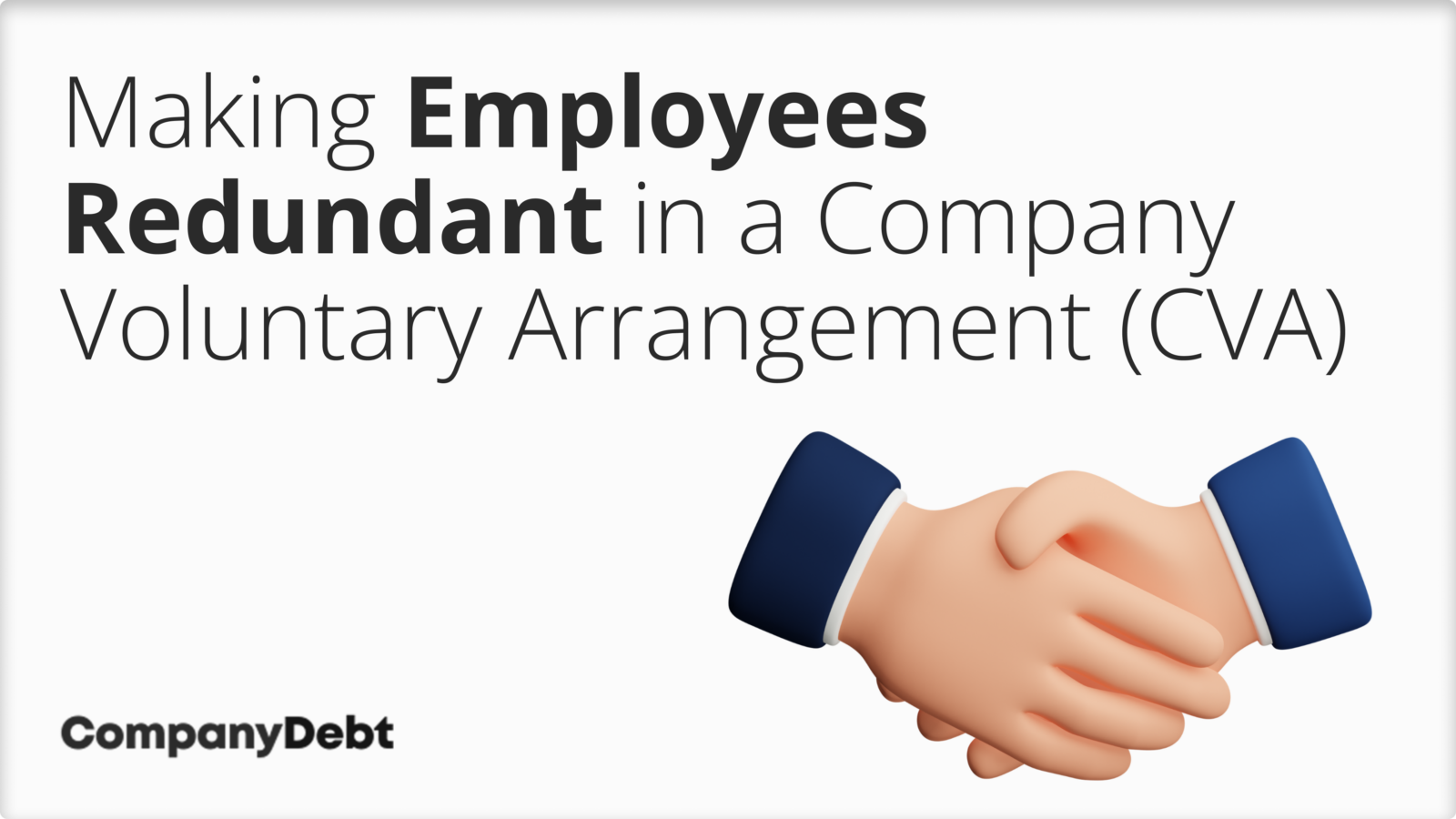Clarified: If a Company Goes Bust Who Pays Redundancy in the UK?
Clarified: If a Company Goes Bust Who Pays Redundancy in the UK?
Blog Article
Checking Out the Interplay Between Company Redundancy and Business Versatility for Future Development
In the dynamic landscape these days's service globe, the elaborate connection between firm redundancy and organizational versatility arises as a critical element for continual development and success. Business typically encounter the challenge of striking a fragile balance between maintaining a level of redundancy to minimize risks and promoting flexibility to react quickly to the ever-evolving market demands. This fragile interaction holds the crucial to not only making it through in stormy times yet also growing in the face of uncertainty. As we explore the multifaceted measurements of this interplay, interesting understandings right into just how companies navigate these complexities to pave the way for future growth await.
Relevance of Firm Redundancy
Company redundancy is a vital aspect that improves organizational resilience and mitigates functional risks. By incorporating redundancy steps within the organizational framework, firms can better hold up against unpredicted interruptions and fluctuations in the business environment. Redundancy acts as a tactical buffer, allowing companies to adjust and respond successfully to unforeseen obstacles without compromising vital operations.
One secret aspect of the value of firm redundancy is its role in making sure connection during times of crisis. When faced with unexpected changes or emergencies, repetitive systems, resources, or personnel can action in to maintain important features and avoid prevalent interruptions. This continuity not only safeguards the firm's track record and consumer depend on but also lessens economic losses and functional downtime.

Techniques for Organizational Adaptability

One more vital method is purchasing modern technology and facilities that can sustain adaptability and scalability. Executing digital tools, automation, and data analytics can streamline operations, boost effectiveness, and give beneficial understandings for notified decision-making. In addition, developing adaptable business structures that enable quick modifications to market dynamics and client needs is essential for remaining competitive in a swiftly progressing atmosphere. By proactively identifying prospective disturbances and chances, organizations can proactively adjust and thrive in an ever-changing service landscape.
Balancing Redundancy and Flexibility
Attaining a harmonious stability between operational redundancy and organizational flexibility is paramount in navigating the complexities of a dynamic business atmosphere. Redundancy within a business supplies a safeguard, guaranteeing continuity and stability in operations. Nevertheless, an excess of redundancy can bring about ineffectiveness and impede flexibility to changing market conditions. On the various other hand, business flexibility allows firms to site respond without delay to outside disruptions and confiscate new possibilities. Striking the ideal equilibrium between redundancy and adaptability is a fragile procedure that requires a deep understanding of the company's goals, sector dynamics, and threat tolerance.
To attain this balance, firms require to carry out regular evaluations of their procedures to identify locations where redundancy is needed for threat reduction and where versatility can drive innovation and development. Applying adaptable structures, promoting a society of constant knowing and renovation, and urging open interaction throughout all levels of the company are key methods to integrate redundancy and flexibility efficiently. By aligning these 2 essential elements, business can place themselves for lasting growth and success in an ever-changing service landscape.
Study on Adaptation Success
In checking out circumstances of successful business adaptation, it ends up being apparent that the interplay in between operational redundancy and adaptability is a defining consider forming resilient organizations. One compelling case research is that of Netflix. Initially a DVD rental solution, Netflix demonstrated exceptional versatility by transitioning into a streaming platform when digitalization interrupted the market. By strategically purchasing modern technology and material development, Netflix not just survived yet prospered in a rapidly advancing market. Another standout use this link example is Amazon. Starting as an on-line book shop, Amazon continuously adapted its service design, broadening right into varied sectors such as cloud computer and man-made knowledge. This versatility allowed Amazon to remain ahead of rivals and fulfill altering consumer needs. Lastly, Adobe supplies a notable image of effective adaptation. The business shifted from selling software program licenses to a subscription-based model, ensuring repeating income streams and boosted client engagement. These instance research studies highlight the value of functional redundancy paired with business adaptability in fostering long-lasting growth and competition.
Building Durability for Future Growth
Structure durability for future development calls for a strategic alignment of operational processes with market characteristics and arising fads. Business have to adjust to altering settings by cultivating a society of versatility, advancement, and continual renovation.
Additionally, cultivating solid relationships with stakeholders, such as customers, workers, suppliers, and the community, is crucial for maintaining and weathering unpredictabilities count on and support throughout turbulent times. Efficient interaction and openness play an essential duty in structure strength, as they aid promote and line up assumptions collaboration in navigating unpredictabilities.
Moreover, companies require to prioritize knowing and development initiatives to upskill workers and outfit them with the necessary right here tools to adjust to altering conditions. By spending in their labor force, business can improve their flexibility and agility, ultimately enhancing their strength for sustainable future development.
Verdict

In the vibrant landscape of today's company world, the detailed partnership between business redundancy and organizational flexibility emerges as a vital variable for sustained development and success. Firms often deal with the challenge of striking a fragile equilibrium between preserving a level of redundancy to mitigate dangers and cultivating flexibility to respond quickly to the ever-evolving market needs.To attain this balance, business require to carry out routine evaluations of their procedures to recognize locations where redundancy is required for danger reduction and where flexibility can drive advancement and growth.In conclusion, the interplay between business redundancy and business adaptability is crucial for future growth. Structure durability via a combination of redundancy and versatility will certainly ensure that firms are prepared for the challenges of the future.
Report this page